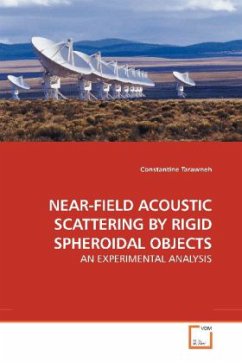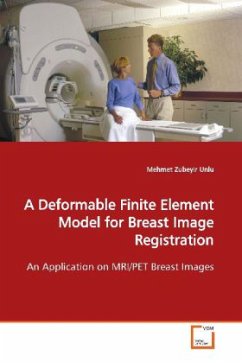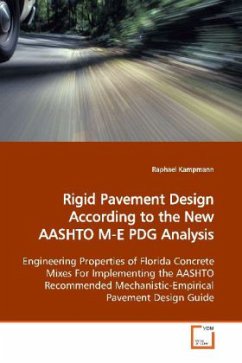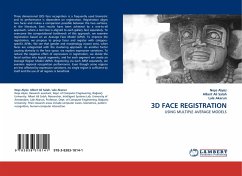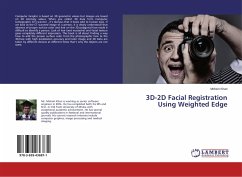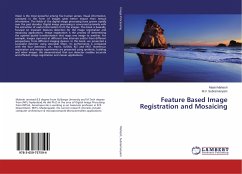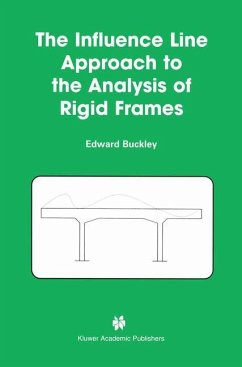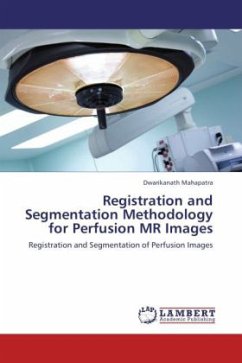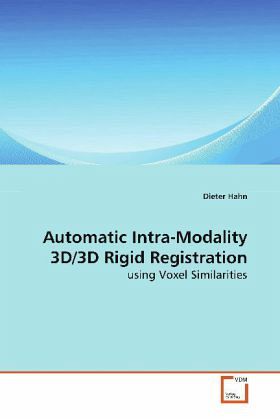
Automatic Intra-Modality 3D/3D Rigid Registration
using Voxel Similarities
Versandkostenfrei!
Versandfertig in 6-10 Tagen
32,99 €
inkl. MwSt.

PAYBACK Punkte
16 °P sammeln!
Rigid registration of sequentially acquired 3D imagesprovides valuable information to the physician fortherapy control. According to digital subtractionangiography we use subtracted volumes to visualizechanges. For instance longitudinal dependent tumorgrowth or regress needs to be quantified in manymedical diagnosis procedures. No commercial solutionfor hospitals supports the visualization of timedependent changes in mono modal imaging data yet.Current clinical practice requires a manual alignmentof subjectively corresponding pictures of thesequentially acquired 3D images. The clinicalworkflow...
Rigid registration of sequentially acquired 3D images
provides valuable information to the physician for
therapy control. According to digital subtraction
angiography we use subtracted volumes to visualize
changes. For instance longitudinal dependent tumor
growth or regress needs to be quantified in many
medical diagnosis procedures. No commercial solution
for hospitals supports the visualization of time
dependent changes in mono modal imaging data yet.
Current clinical practice requires a manual alignment
of subjectively corresponding pictures of the
sequentially acquired 3D images. The clinical
workflow can be significantly improved by an
automated 3D/3D rigid registration approach that is
based on voxel similarity measures and uses
algorithms of digital subtraction angiography that
allow the visualization of longitudinal tissue
changes. The work introduces a novel unbiased
approach by application of transfer functions that
allows the improved rigid registration
of medical images with major non-rigid
deformations at the region of interest.
provides valuable information to the physician for
therapy control. According to digital subtraction
angiography we use subtracted volumes to visualize
changes. For instance longitudinal dependent tumor
growth or regress needs to be quantified in many
medical diagnosis procedures. No commercial solution
for hospitals supports the visualization of time
dependent changes in mono modal imaging data yet.
Current clinical practice requires a manual alignment
of subjectively corresponding pictures of the
sequentially acquired 3D images. The clinical
workflow can be significantly improved by an
automated 3D/3D rigid registration approach that is
based on voxel similarity measures and uses
algorithms of digital subtraction angiography that
allow the visualization of longitudinal tissue
changes. The work introduces a novel unbiased
approach by application of transfer functions that
allows the improved rigid registration
of medical images with major non-rigid
deformations at the region of interest.



